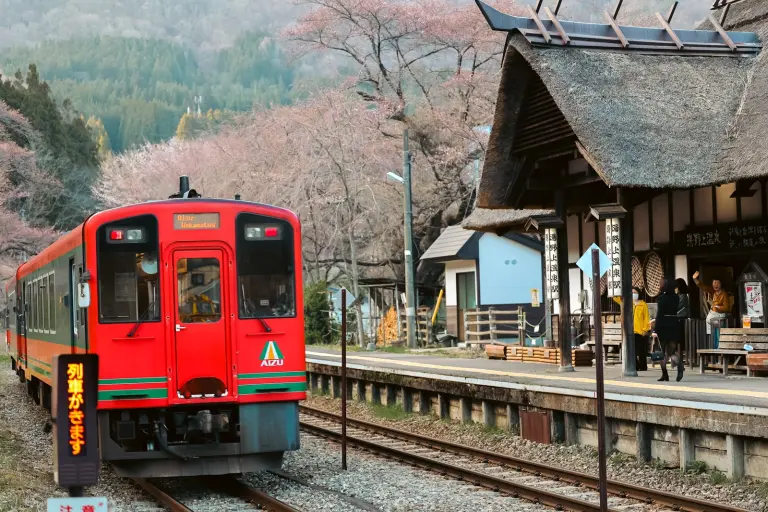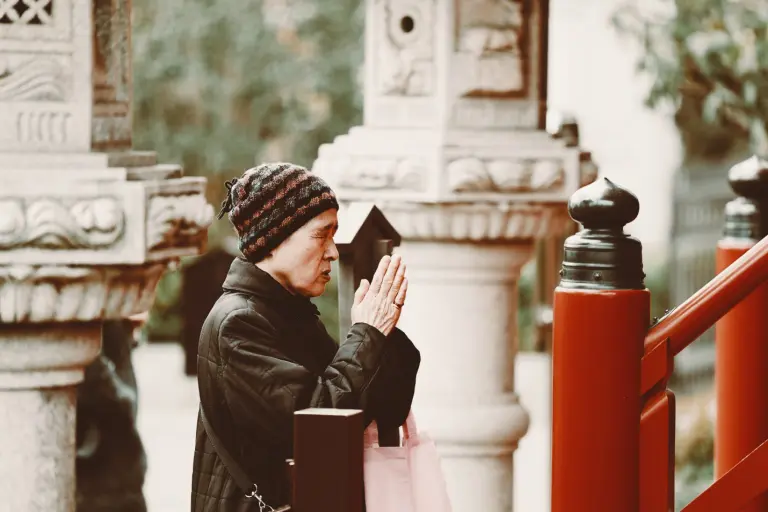Nestled amidst the majestic Andes mountains, Huayna Picchu stands tall at 2,720 meters (8,924 feet), a striking backdrop to the ancient Inca city of Machu Picchu. However, its fame goes beyond the breathtaking scenery—it is the site of the legendary “Stairway of Death”, an astonishing feat of Inca engineering that tests the courage of all who dare to climb it.
The Stairway of Death: A Journey for the Brave
These steep, narrow steps carved directly into the mountain’s side present a challenge not for the faint of heart. A single misstep could expose climbers to the perilous drop to the Urubamba River, hundreds of meters below. Stretching 183 meters (600 feet) and climbing at an almost vertical angle of 60 degrees, the ancient stone stairs demand climbers use both hands and feet to maintain balance.
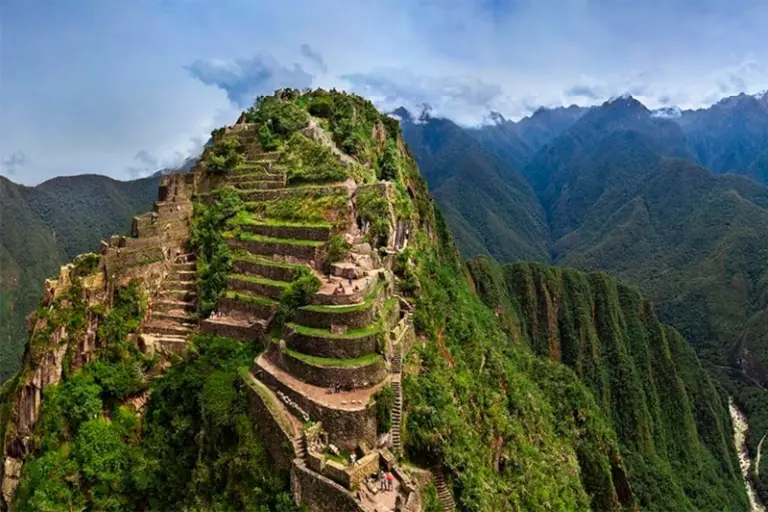
Despite its foreboding name, the Stairway of Death is not especially accident-prone. Still, many visitors describe the experience as both terrifying and mesmerizing—a journey that tests both physical strength and mental resolve.
A Sacred and Strategic Destination of the Incas
Huayna Picchu is more than a towering rock; it holds deep spiritual significance for the Incas. At its summit lies the Temple of the Moon, a mysterious structure hidden within a cave, believed to be a sacred site for worshiping divine forces.
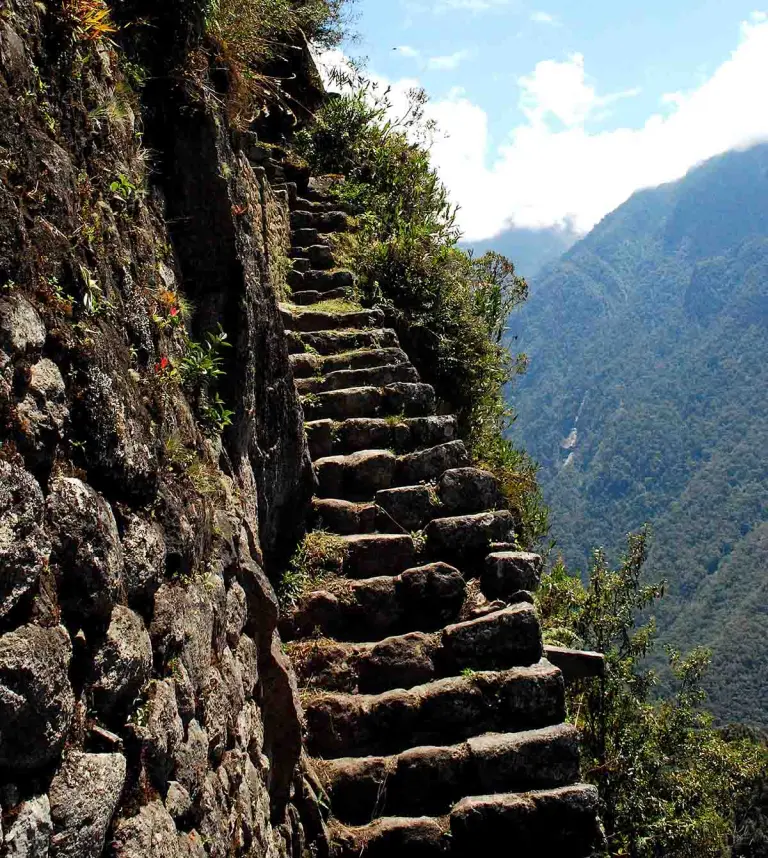
Beyond its religious importance, Huayna Picchu served as a strategic stronghold for the Incas. The steep and narrow stairways not only minimized construction effort but also acted as a natural defense system, making the peak nearly inaccessible to enemies.
An Unforgettable Experience at Huayna Picchu
Climbing these stairs is more than a physical endeavor—it’s a spiritual adventure. From the summit, climbers are rewarded with a panoramic view of Machu Picchu, the winding Urubamba River, and the untamed beauty of the Andes. The best times to experience its ethereal beauty are at sunrise or sunset, when the golden sunlight bathes the mountains and valleys in a magical glow.
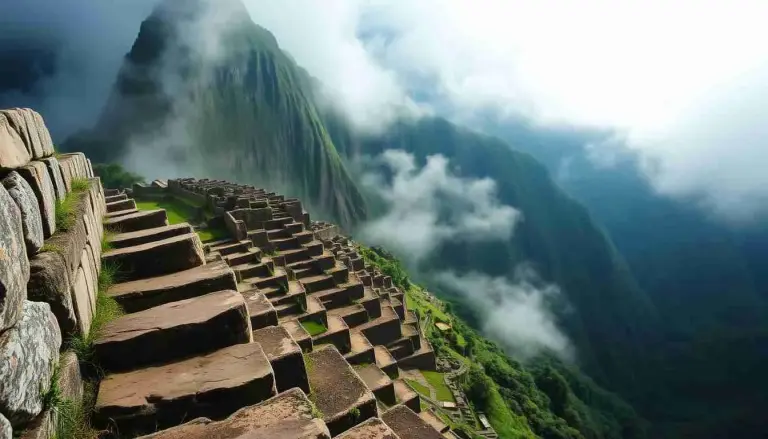
Why Are the Stairs So Steep?
The steep incline of the stairs is largely due to the rugged terrain of the mountain. The Incas, despite their advanced engineering skills and limited tools, cleverly utilized the natural contours of the mountain to construct the stairways. The near-vertical steps saved time and effort while harmonizing with the mountain’s natural features.
Moreover, many believe the steep ascent carried a spiritual meaning. The climb could be seen as an act of devotion, with pilgrims overcoming physical exhaustion and fear to reach the realm of the gods.
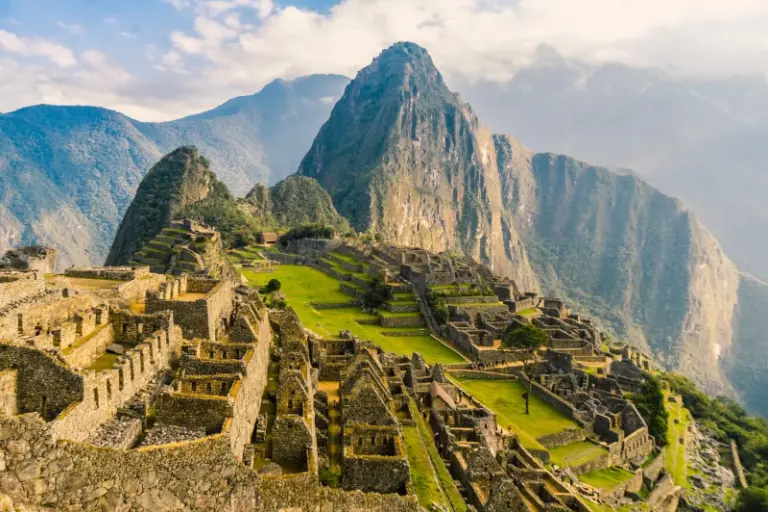
A One-of-a-Kind Adventure
Though the climb is challenging, hundreds of adventurers from around the world flock to conquer Huayna Picchu every year. Access is limited, with only 400 tickets issued daily, making this an exclusive experience. If you’re planning to undertake this journey, secure your tickets 2–3 months in advance, especially during the peak season from April to October.
Huayna Picchu is not just a test of endurance but a gateway to the magnificent legacy of the Inca civilization. Its ancient stairways, enigmatic stories, and awe-inspiring scenery will leave an indelible mark on your memory. If you’re seeking an experience that could change your perspective on the world, get ready to step onto the Stairway of Death and uncover the secrets of Huayna Picchu.
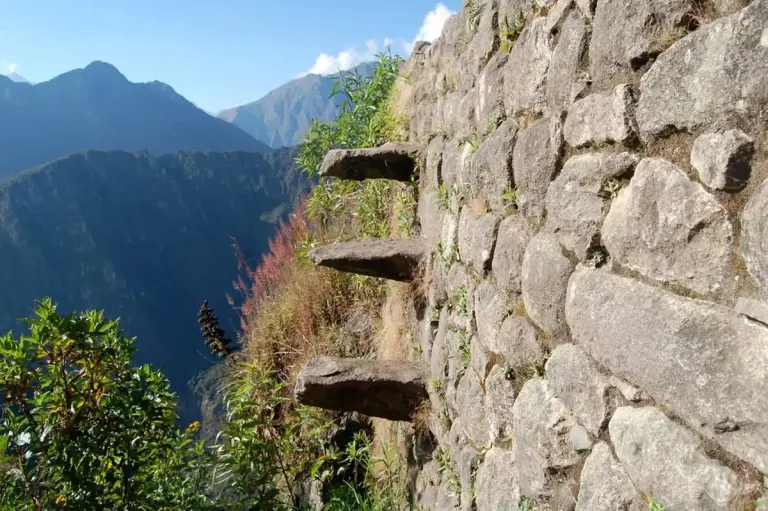
Let your heart lead the way—but don’t forget to keep your footing. On this journey, courage is the ultimate key!




